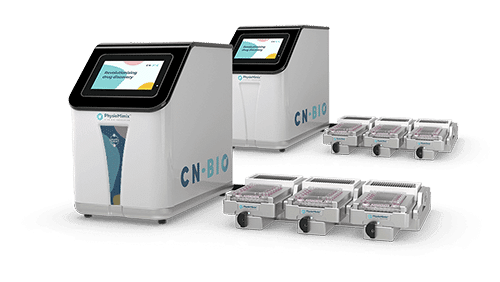Drug-induced liver injury (DILI) is a potential complication of nearly all classes of medication. It’s not at all uncommon for DILI to pass undetected during pre-clinical drug development or to be first identified in the clinic where it can halt trials pending further investigations. In many cases, there’s little to worry about, as typically, ceasing the medication stops the DILI effect but it’s a startling fact that 750 FDA approved drugs are known to have at least some degree of DILI risk [Thakkar et al., 2017] and many potential new drugs are not approved due to excessive DILI risk.
Indeed, DILI remains a leading cause of drug failures in both clinical trials and post-approval. In some severe cases, there have been fatalities, including during trials of fialuridine, or post-approval, The case cost Merck dearly in both legal settlements and reputational damage.
It is therefore clear that we must address the underlying reasons for so many negative surprises in toxicology screening and explore how the industry can overcome this uncertainty. For attrition rates to fall, potential DILI liabilities in humans need to be identified earlier in the pre-clinical discovery pipeline rather than simmering undetected. Doing so would allow promising drugs to return to the drawing board to “engineer out” their issues. It would also enable companies to minimize the risk of expensive problems further down the line. To de-risk more efficientlya number of challenges must be tackled, including:
- Animal studies falsely identifying toxic drugs as safe and labeling useful drugs as toxic Van Norman 2019. Toxicologists need to flag where human toxicology may differ from animal toxicology and prove a different mechanism of action.
- The human relevance of standard in vitro test models needs to be improved such that they behave and respond to drugs in a way that more accurately represents the human body. An increase in human relevancy would, in turn, improve predictivity.
- Standard in vitro cultured assays lack longevity, making them unsuitable for chronic dosing studies.
- Standard in vitro test models also lack the sensitivity to report clinically relevant liver function endpoints, such as alanine aminotransferase (ALT) or aspartate transaminase (AST), that could improve the translatability of data between the lab and the clinic.
- It has been historically challenging to use traditional approaches to screen idiosyncratic responses caused by pre-existing liver disease or genetic susceptibility.
- For new human-specific drug modalities, animal models are unsuitable for use, and therefore toxicologists must find other ways to provide evidence of their safety.
With the increasing need for more predictive pre-clinical in vitro tools to investigate DILI, recent focus has turned to 3D biology and organ-on-a-chip (OOC) -alternatively referred to as microphysiological systems (MPS)- approaches to culture advanced human in vitro liver models that can overcome these challenges, and drive more informed decision making about which medicines to take into the clinic [Weaver et al 2020].
The in vitro DILI testing workflow
In general terms, every potential drug passes through a cascade of tests in early discovery, starting with simplistic high throughput batch screens for cell viability. The drug is applied to hepatocytes grown in 2D cell culture for a rapid yes/no decision. As we progress into the later discovery pipeline, there has been a sustained drive for assays, often referred to as tier 2 and 3, to be made more phenotypically relevant. At this stage, there are far fewer drugs and concentrations to test This smaller number facilitates the use of lower throughput, more complex 3D tissue models that provide in-depth, multi-endpoint mechanistic insights. Through their adoption, researchers can improve the scope of what’s possible in vitro and the predictive power of assays.
Although 3D hepatocyte models are advantageous over 2D, we know that incorporating fluidic flow to mimic the bloodstream is critical to forming and maintaining liver tissues. It extends culture longevity from days to weeks, and enables 3D models to move closer to functioning as living human organs. Flow allows researchers to build up a picture not just of acute effects but more prolonged chronic consequences of toxicity and the sensitivity to detect DILI is also enhanced
Some 3D solutions are available in 96/384-well formats, ,. Whilst first batch screens in 2D typically pick up about a third of the issues, a more complex study from InSphero and AstraZeneca using their 3D primary human hepatocyte and non-parenchymal cell spheroid assay identified up to 60% of DILI positive compounds (Procter et al., 2017). However, 40% remain undetected, so how can we chip away at this number even further?
Gaining more relevant information through ‘flow‘

